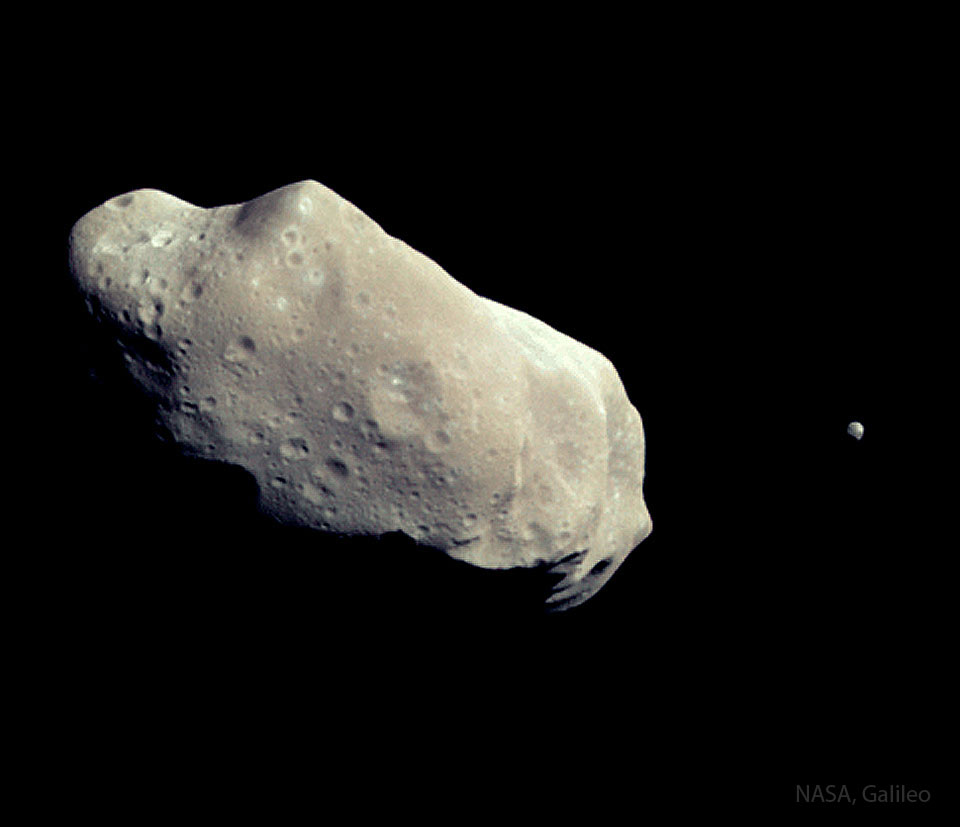
This asteroid has a moon. The robot spacecraft Galileo on route to Jupiter in 1993 encountered and photographed two asteroids during its long interplanetary voyage. The second minor planet it photographed, 243 Ida, was unexpectedly discovered to have a moon. The tiny moon, Dactyl, is only about 1.6 kilometers across and seen as a small dot on the right of the sharpened featured image. In contrast, the potato-shaped Ida is much larger, measuring about 60 kilometers long and 25 km wide. Dactyl is the first moon of an asteroid ever discovered -- now many asteroids are known to have moons. The names Ida and Dactyl are from Greek mythology.
from NASA https://ift.tt/N4VZHiY
Comments
Post a Comment